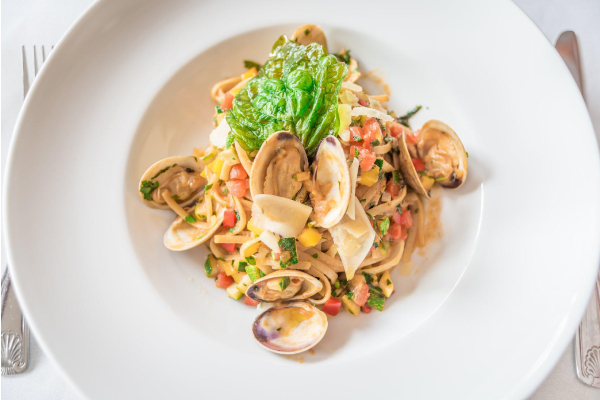

Accidents of history and geography have given the Cayman Islands a justly earned reputation as the culinary capital of the Caribbean.
You can’t talk about the Cayman Islands local food without talking about the history of the region. With African, East Indian, Arab, European, Amerindian, and Chinese influences all mixed up in one big melting pot, Cayman Islands cuisine is representative of many cultures that, voluntarily or not, have settled in the islands in the last 500 years.
Beginning in 1492, when the islands were ‘discovered’ by Christopher Columbus, adventurous French, English, Dutch and Spanish ships arrived to build trade, relying on the abundant marine life and local produce to resupply during their journeys between the Old World and the Americas.
There are no rivers or lakes in the Cayman Islands, meaning agriculture here is limited and the local population has always relied more heavily on the surrounding waters for food. On the plus side, there is very little runoff or silt, which is one of the reasons why the surrounding waters are so clear and the marine environment provides some of the best seafood in the world.
As Europeans began to settle in the Cayman Islands they developed plantations, importing African slaves to work the land. Soon, traditional African dishes were adapted to use local ingredients and the results are evident today in dishes like callaloo, which uses local leafy vegetables but reveals its West African roots through the cultivation and use of okra, a longstanding staple of African and the Middle Eastern cuisine.
Later, waves of Indian laborers brought fragrant spices with them from their homelands, further changing the culinary landscape, mixing their own recipes with local ingredients.
This combination of accidents of history and geography have given the Cayman Islands a justly earned reputation as the culinary capital of the Caribbean, where it’s easy to find staples such as coconut, cassava, conch, plantain, yams, rice, and seafood among many other ingredients that are the basis of Caribbean recipes.
Local dishes feature prominently at The Wharf, famous for fine dining, Grand Cayman style for over 30 years, where simple favorites include local tuna, seared and presented with miso aioli and a seaweed mushroom edamame salad. Many fish dishes in the Cayman Islands, whether tuna, mackerel, mahi-mahi, or snapper, are often prepared simply using onions, tomato, and pepper. Additionally, sustainably farmed turtle meat is popular in the Cayman Islands.
Also popular on the islands is conch (pronounced ‘conk’), which can be marinated or served in stews and chowders. Cayman Islands’ Conch Chowder is one of the most popular — and delicious — examples of the Caribbean’s culinary mastery of seafood. Of course, with its reputation for serving some of the best seafood in the Cayman Islands, The Wharf celebrates the conch, with its popular conch chowder using fresh tomato, basil, and fiery scotch bonnet pepper. Another menu item, a family favorite, is conch fritters, golden fried with a spicy red pepper remoulade.
Caribbean island diets are considered to be among the world’s healthiest. The traditional Caribbean diet is extremely rich in fish and seafood as well as starchy root vegetables like yams and cassava. Hot peppers are a key ingredient in many island dishes, and Capsaicin, the active ingredient in chili peppers, has been linked to lowering blood pressure and an increase in metabolism.
Also popular at The Wharf is ceviche, a seafood dish originating in Peru, made with a local twist using mahi-mahi (or other locally available catch of the day) prepared with citrus juices, scotch bonnet, coriander (cilantro), coconut milk and fried avocado.
And then there is the Mudslide, the famous Cayman Islands contribution to the art of the cocktail. Based on the famous White Russian, legend has it that the Mudslide was invented in the 1950s by a local bartender, Old Judd. Served over ice, it’s a creamy mix of vodka, Kahlua and Irish cream that goes down easily but packs a mighty punch. Old Judd’s customers liked it so much they took the recipe home with them and its popularity quickly spread.
Founded on colonialism, slavery, and adventurism 500 years ago, Cayman Islands cuisine has gradually incorporated themes and ingredients from all over the world to develop its own truly unique style. Nothing is more delicious – or more international – than the Cayman Islands local food.
Reserve your table today at The Wharf to experience the best food in the Cayman Islands. The Wharf is open for dinner every night, from 5 pm to 10 pm but the bar starts to serve from 4 pm.
Planning on conferences, meetings, etc.? We welcome our corporate guests during the day with the prepared arrangements as per request.